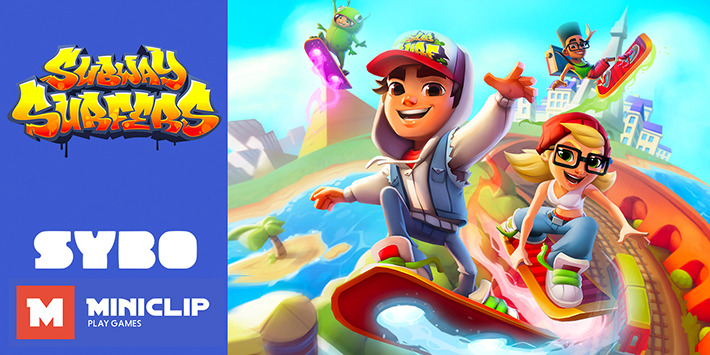Video Tiger111 have unquestionably become more ambitious and impressive in recent years. When you look at the likes of The Last Of Us, it’s impossible to overstate just how far video games have come since people were playing Pong forty-odd years ago. But for all the innovations within the medium, and for all the new fangled ideas and increasingly elaborate control schemes, there’s something to be said for how much more straight forward things were in the games we played as kids.
Gaming today can be difficult for people without the muscle memory that comes from years of dedicated gaming. Give your mum or dad a PS4 controller and if they’re anything like mine they’ll spend half the time playing the game looking down, attempting in vain to remember where all the buttons are. Use the left analog stick to walk, hold X to jog, or tap X to sprint. L2 is aim and R2 is shoot,
but R1 becomes shoot if you’re driving because in a car R2 is the accelerator. R3 (that’s when you click in the right analog stick) let’s you look behind you, and to open the menu you need to hold down the touch pad. And that’s just part of the control scheme for Grand Theft Auto 5, one of the best selling games of all time.
Even for seasoned veterans the increasing complexity of games can become a turn off. Super Mario World is still as intuitive as it was back in 1990 because the inherently simple design and pick up and play nature of the game made it timeless. You can give a kid who’s never played a Mario game the controller and within seconds they’ll have worked out how to play.
This simplicity is an attractive concept, which is almost certainly part of the reason that retro games like Shovel Knight and Axiom Verge are so popular today. The simpler a game is to play, the more inclusive and immediate the fun. Retro gaming has that in spades, and that’s the reason I’m still playing Super Mario World twenty-six years after release.
As gaming production values have increased over the years, we’ve seen the medium change in many ways. We made the jump to 3D, we now have voice acting, and elaborate cut-scenes tell complicated stories that rival those seen in television or on the big screen. Games today feature fully orchestrated scores or soundtracks featuring popular music that are every bit as impressive as what we’d see in other mediums, but it feels like we’ve lost something along the way, too.
I can still hum the theme music to Treasure Island Dizzy on the Commodore 64. I was playing that game nearly thirty years ago and I haven’t played it since then (and I’ve still never beaten it, damn it) but I can still remember the theme music that plays in the background in its entirety. I played games last week and I couldn’t even tell you if they had music at all.
Because of the simplicity of early games, and without voice acting to tell a story, the music had to be good. Other than a few crummy sound effects, the music of the game was the only aural stimulation that the games provided. There are still great game soundtracks today, but they seem few and far between when compared to the games of my youth. Mega Man, Castlevania, the early Final Fantasy games, and iconic titles like Zelda,
Mario and Sonic the Hedgehog – these all featured highly memorable tunes that stick with us long after the last time we played them. I still remember how the music for Commodore 64 classic Prince Clumsy changes when you save the princess at the end of the game like I was playing it yesterday. We can’t really say that about Shadow of Mordor, can we?
One thing that games from yesteryear unquestionably did better than the games of today is that they, well, worked. You’d think that it should be a pretty fundamental aspect of any product released to the market, but it’s truly staggering how many games in 2016 ship broken, requiring either days or weeks of server tweaks to get the multiplayer working, or enormous day one patches to fix all of the bugs that made it onto the disc. Today, if you don’t have a decent Internet connection in your home, some games are genuinely unplayable, and many others severely hampered.
Street Fighter V released earlier this year, with Capcom promising that the single player Arcade Mode, a staple of the series, would be available to download in July. What if you don’t have an Internet connection? Well, then you’ve got half a game. That’s not a problem we faced when Street Fighter II released on the SNES in 1991. Back then, we had no Internet acting as a safety net for developers. Games had to work right out of the box.


